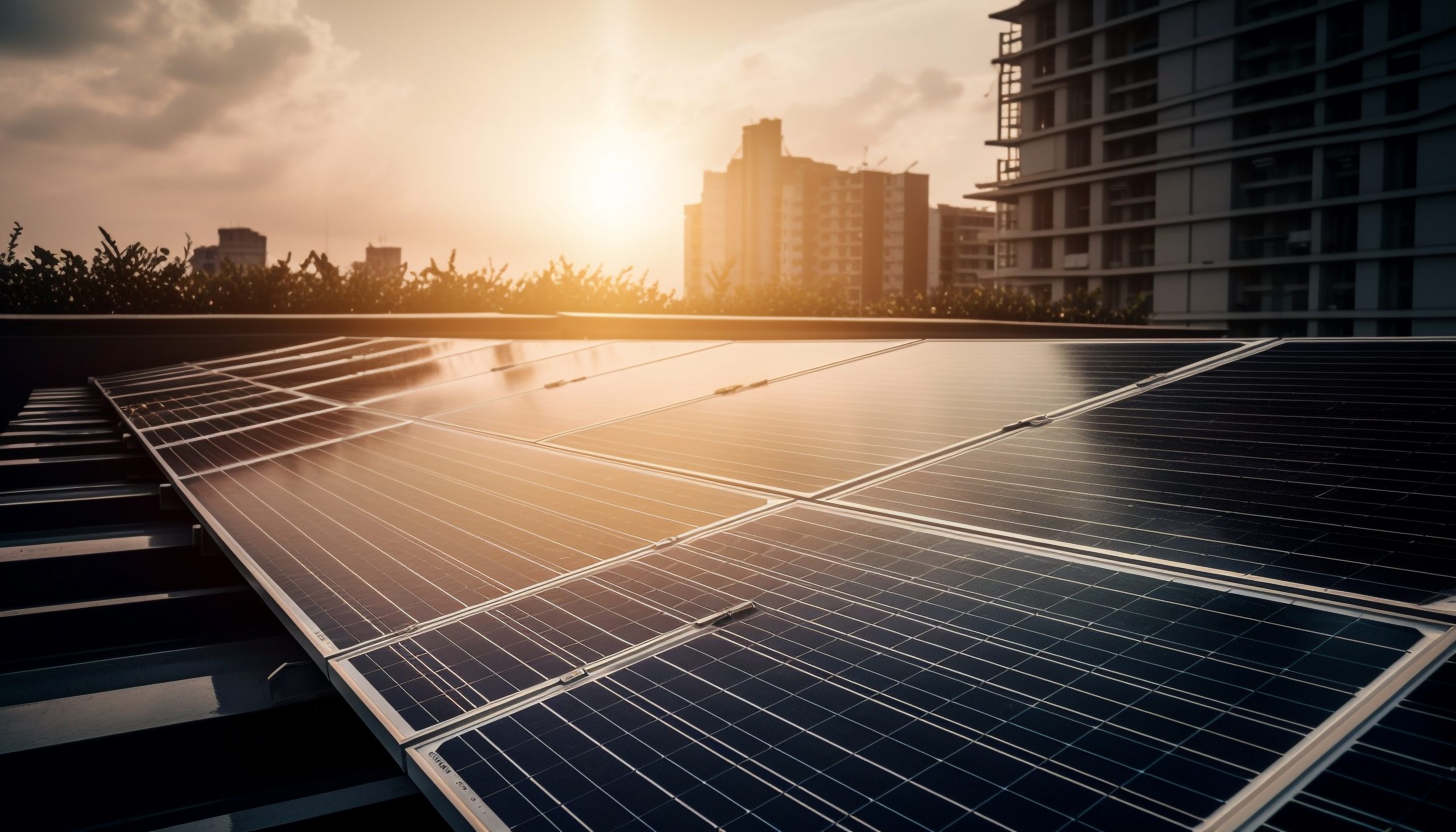Advancing a zero-carbon footprint house.
In our ongoing pursuit of sustainable living and energy efficiency, homeowners are increasingly seeking ways to incorporate renewable energy sources into their daily lives. Adding an air-to-water heat pump, a water tank, and an Energy Storage System (ESS) battery to an existing solar photovoltaic (PV) system results in a particularly potent and environmentally responsible setup. This innovative system – EMS (Energy Management System) – not only lowers energy costs but also gives households the tools they need to become self-sufficient energy producers and even net grid contributors.
Your solar PV panels are hard at work during daytime hours, catching the sun’s rays and transforming them into clean, renewable electricity for your home. From your dishwasher and oven to your dependable heat pump, this solar energy runs a number of home gadgets. The energy in excess that is not utilised by the system can be optionally stored in a ESS battery for a later use, including electric vehicle chargers.
Here’s where the integration of a heat pump and a water tank comes into play. This ingenious system allows you to maximize the solar energy you obtained through your panels. Heat pumps operate by extracting thermal energy from the surrounding environment, being highly efficient for both heating cooling and domestic hot water production. In this manner, we are able to operate our heat pump thanks to the energy coming from the sun and generate hot water that can be kept in a water tank.
As the day goes by, the sun sets, and your solar panels cease production, the energy stored in the water tank in the form of hot water becomes your trusted source of warmth for domestic hot water and space heating during the night. Thanks to the clean sun energy, your day ends might end with 300 liters of water at 70 degrees Celsius that will be sufficient to keep your family warm during the night.
However, what happens to the surplus energy that isn’t consumed by these appliances? The surplus energy generated by your solar panels can be stored in an ESS battery. Additionally to charging your electric vehicle (EV) battery and heating your home when the sun isn’t shining, this stored energy can help you cut your reliance on non-renewable energy sources.
Thanks to EMS you become an independent energy producer, not just an energy consumer. You can even sell extra energy back to the grid by making the most of your solar energy and storing it wisely, which will help create a cleaner and more sustainable energy environment.
Homeowners may reduce their carbon impact and increase their energy independence and savings by simply integrating solar, heat pumps, water tanks, and ESS batteries through an EMS System. EMS is a powerful illustration of how technology and environmentally responsible decisions may work together to build a more sustainable and better future. So why not start your journey to clean energy production and join the green energy revolution right now?





